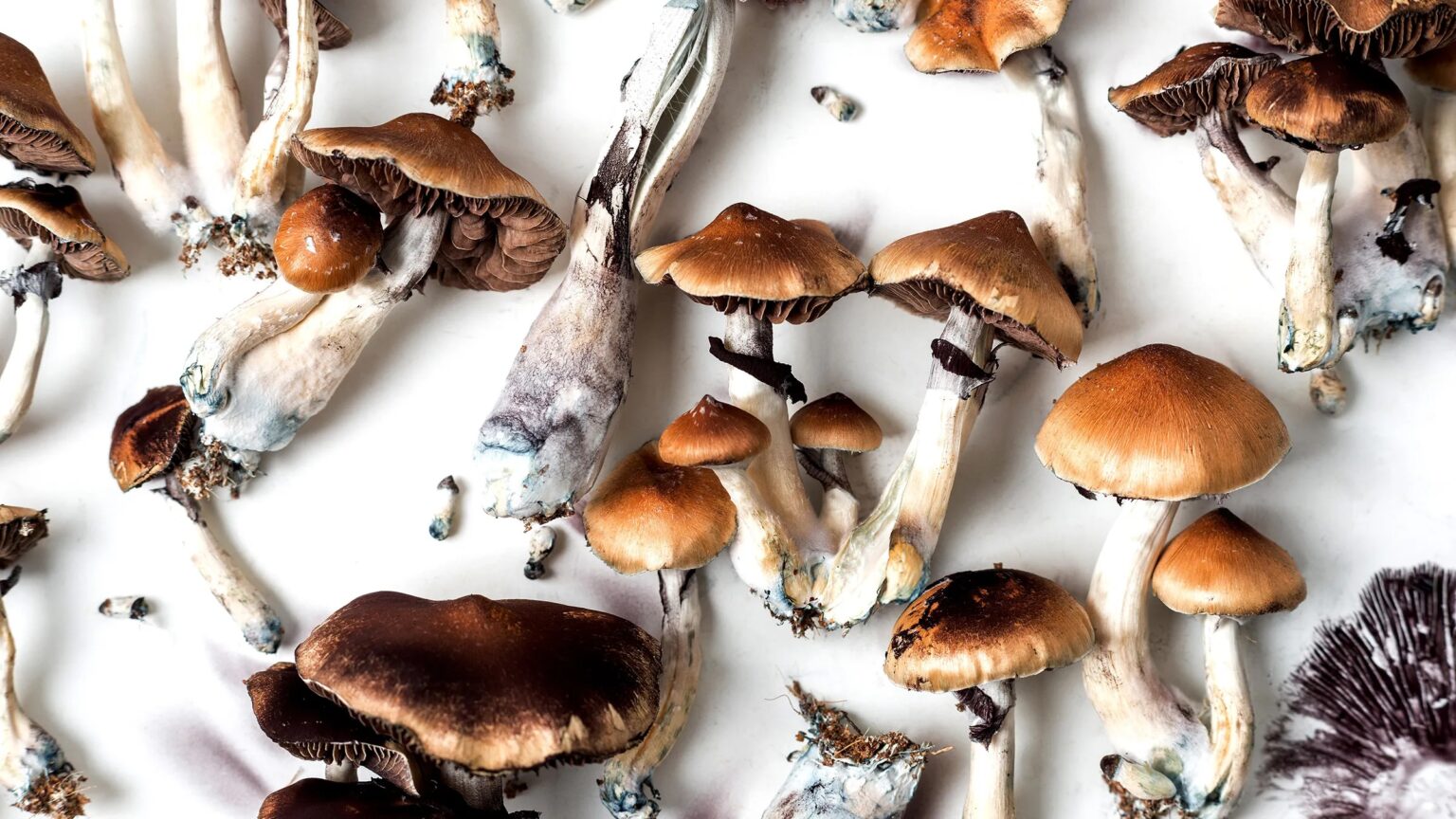
What Is Microdosing?
The rise of Psychedelic drugs over the past few years has led to the emergence of new methods of consumption that ensure minimal side effects while still reaping the benefits of these substances. Microdosing is among these methods, and it involves taking small amounts of Psychedelic drugs, such as psilocybin or LSD (found in magic mushrooms), regularly. This is usually done every few days, with the intention of improving one’s overall well-being and cognitive abilities without experiencing any intense hallucinations or psychoactive effects. But before your shrooms delivery arrives, let’s delve deeper into what microdosing is all about and how it can potentially benefit you.
What Is Microdosing?
Microdosing involves taking a fraction of the usual recreational dose of Psychedelic drugs. This is usually 1/10-1/20 of a normal dose or 10-20 micrograms. This is done with the intention of experiencing subtle effects that can potentially enhance one’s mood, creativity, focus, and productivity.
The doses taken for microdosing are usually too small to induce any psychoactive effects, such as visual distortions or intense mood changes. Instead, the goal is to achieve a “sub-perceptual” level where the individual may not even notice they have taken anything at all.
Why Microdose?
There are many reasons why you may want to consider microdosing. They include:
- Better Focus: Enhancing your ability to concentrate on tasks for extended periods, thus improving productivity and efficiency.
- Higher Levels of Creativity: Unlocking innovative thinking and problem-solving capabilities, allowing for more creative output in both personal and professional endeavors.
- Relief from Depression: Offering a potential alternative treatment option for those suffering from depression through mood improvement and a greater sense of overall well-being.
- More Energy: Providing a subtle boost in energy levels that can support more active and engaged daily living without the jitteriness associated with caffeine and other stimulants.
- Less Anxiety in Social Situations: Reducing feelings of social anxiety, thereby enabling more comfortable and meaningful interactions with others.
- Emotional Openness: Encouraging a greater sense of connection to one’s emotions and to the people around them, fostering deeper relationships and a more empathetic outlook.
Substances Used for Microdosing
There are various substances that can be used for microdosing, including:
- LSD: This is a potent psychedelic substance known for its mind-altering effects, but when taken in small doses, it can provide mood enhancement and improved focus.
- Psilocybin: The active ingredient found in magic mushrooms, which has shown promise in treating depression and anxiety through microdosing.
- MDMA: Commonly known as Ecstasy, it has been found to have therapeutic benefits when used in small doses, including increased empathy and emotional openness.
- Cannabis: While typically associated with recreational use, cannabis in low doses can also provide a cognitive boost and improved mood when used for microdosing.
- Nootropics: These are substances that are specifically designed to enhance cognitive function and can also be used for microdosing, such as L-theanine, piracetam, and modafinil.
Important Considerations
It’s important to note that microdosing is not a cure-all or a substitute for professional medical treatment. It should only be considered as part of an overall wellness plan in consultation with a healthcare provider.
Here are some important considerations to keep in mind:
- Dosage: The recommended dosage for microdosing varies depending on the substance and individual tolerance, but it’s generally much lower than a typical recreational or therapeutic dose.
- Frequency: Microdosing schedules can vary, but most people follow a cycle of taking the substance every few days or once a week.
- Effects: The effects of microdosing can vary from person to person and may not always be noticeable. It’s important to pay attention to any changes in mood, focus, or overall well-being.
- Set and Setting: Just like with any substance, the environment and mindset of the individual can greatly impact their experience with microdosing. It’s important to have a calm and positive setting and a clear intention for the microdosing session.
Final Thoughts
Microdosing is a promising tool for enhancing cognitive function and overall well-being, but it’s important to approach it with caution and responsibility. Before trying it, it’s crucial to do thorough research and consult with a healthcare provider. As with any substance, it’s important to use it mindfully and in moderation. Microdosing can be a helpful addition to one’s wellness routine, but it should never be a replacement for professional medical treatment.
Always prioritize safety and start with small doses, gradually increasing if necessary. With the right mindset and approach, microdosing can potentially offer many benefits for mental and emotional health.







